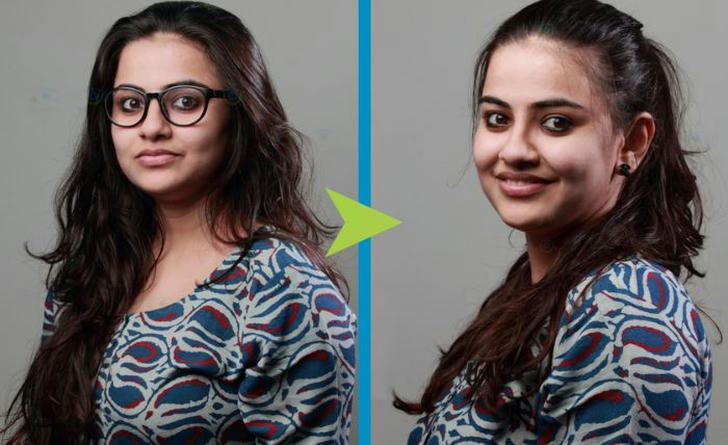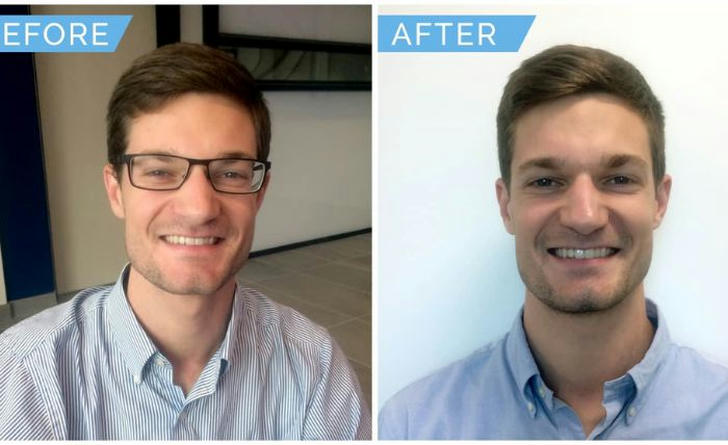Are you still hesitating about the high cost of laser eye surgery? This detailed money-saving guide can help you easily solve the problem!
Laser eye surgery is becoming increasingly popular in the United States. However, the high cost and the fact that it is often not covered by health insurance can keep people from getting it. Don’t worry! Sound money-saving strategies can help you ditch your glasses and see clearly again!
💰 Why Is Laser Eye Surgery Expensive?
In the U.S., the average LASIK procedure costs around $2,000–$3,500 per eye, totaling $4,000–$7,000 for both eyes. The final price can vary based on several factors:

Type of procedure: LASIK, PRK, SMILE, or custom wavefront-guided surgeries
Clinic reputation and technology: Advanced laser systems and experienced surgeons usually cost more
Post-operative care and add-ons: Some clinics include follow-up visits, enhancement guarantees, or extended warranties
Unfortunately, Medicare and most private insurance plans don’t cover these procedures, classifying them as elective rather than medically necessary. That means most people need to pay out of pocket.
🧾 How to Save Money on Laser Eye Surgery
1. Use HSA or FSA Pre-Tax Accounts
You can significantly cut costs by using a Health Savings Account (HSA) or Flexible Spending Account (FSA) to pay for the procedure with pre-tax dollars. Depending on your tax bracket, this can save you 20–30% on the total cost.
Example: For a $5,000 LASIK procedure, using pre-tax dollars may reduce the effective cost to about $3,500.
📌 According to IRS Publication 502, laser eye surgery qualifies as a legitimate medical expense under HSA/FSA rules.
2. Opt for 0% Interest Payment Plans
If you don’t have the full amount up front, don’t worry—many clinics offer 0% interest financing for 6 to 24 months through providers like CareCredit, Alphaeon Credit, or in-house plans.
No interest if paid on time
Credit checks are usually soft or minimal
Monthly payments range from $90–$200
✅ Ideal for patients who want to manage their budgets while still getting the procedure done sooner.
3. Think Long-Term: Glasses vs. LASIK
| Expense Type | Avg. Annual Cost |
|---|---|
| Glasses (every 2 yrs) | $200–$600 |
| Contacts + supplies | $250–$500 |
| Eye exams & fittings | $100+ |
Over 20 years, you could spend $5,000–$10,000+—more than the cost of LASIK.
✅ With laser surgery, you make a one-time investment and free yourself from recurring vision care expenses—not to mention the convenience of waking up and seeing clearly.
📊 Does It Really Work? Long-Term Results
The American Academy of Ophthalmology (AAO) and FDA have published long-term data supporting the safety and effectiveness of LASIK and similar procedures:
96% of LASIK patients achieve 20/20 vision or better
Most retain excellent vision 10+ years post-op
Complications are rare and usually minor
Over 90% of patients report satisfaction years after surgery
📘 FDA studies confirm that fewer than 1% of patients express dissatisfaction within 5 years post-surgery.
🌟 Real-Life Stories: Seeing the Benefits Firsthand
Case 1: Sandra M., 34, Nurse, California
“I wore glasses since I was a teen, and contacts irritated my eyes constantly. I finally did LASIK last year—it cost me $4,400. I paid half with my HSA and financed the rest over 12 months. It was one of the best decisions I’ve ever made. No more foggy lenses during my hospital shifts. I wake up and see my world clearly. That clarity brought me so much more than vision—it brought me confidence.”

Case 2: Marcus J., 40, Software Developer, Texas
“As someone who stared at screens all day, I relied on glasses and contact lenses. I used to spend $300 a year just on contacts. After doing the math, I realized I was throwing money away. I chose PRK because of my thinner corneas, and although recovery took about a week, it was worth every second. I used my FSA to cover most of it, and the clinic let me pay the rest in 18 monthly installments. Two years later, I’ve had zero regrets.”

❓ What About Risks or Vision Regressing?
Modern laser eye surgeries—especially LASIK and SMILE—are quick, painless, and extremely safe. Most procedures take 10–15 minutes and require only 1–3 days of recovery.
Potential side effects include:
-Dry eyes (common but often temporary)
-Halos or glare at night (usually fade with time)
-Very rare: infection or need for enhancement
🔁 In a small number of cases, vision may regress over time—especially in patients with very high prescriptions or poor post-op care. However, enhancement procedures are typically available if needed.
✅ Summary: Is Laser Eye Surgery a Smart Investment?
| You Gain | You Invest |
|---|---|
| ✔️ Clearer vision without glasses | 💵 $3,000–$7,000 upfront |
| ✔️ Long-term savings on eye care | ⏳ 1–3 days recovery time |
| ✔️ Improved quality of life and confidence | 🎯 Commitment to eye health |
| ✔️ Safe and proven outcomes | 🔍 Research and financial planning |
📌 Final Thoughts: The Choice Is Yours
Laser eye surgery is a significant upfront expense, but with smart strategies like HSA/FSA usage and interest-free payment plans, it can be both affordable and life-changing.
🎯 Ready to transform your vision and your daily life?
Start by booking a consultation with a certified LASIK provider. Ask about:
Full cost estimates
Pre-tax payment options
Flexible financing plans
👉 The road to clear vision starts with one decision. Make it a smart one.
